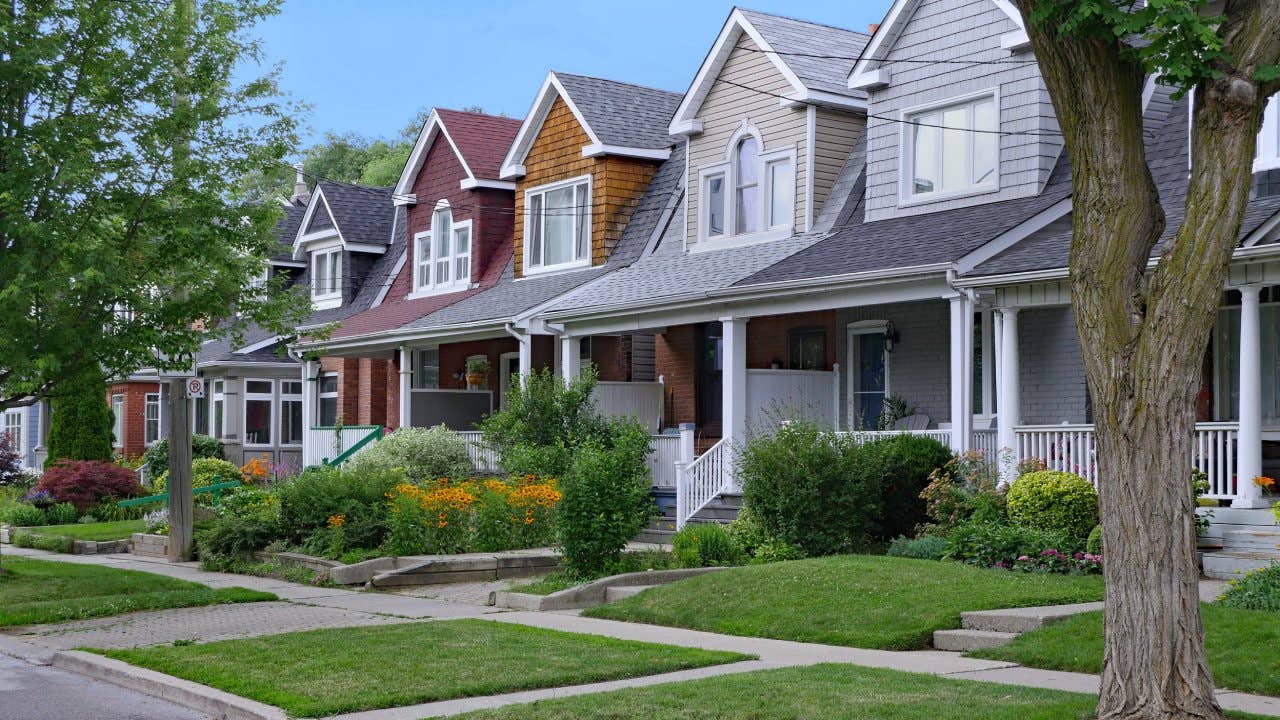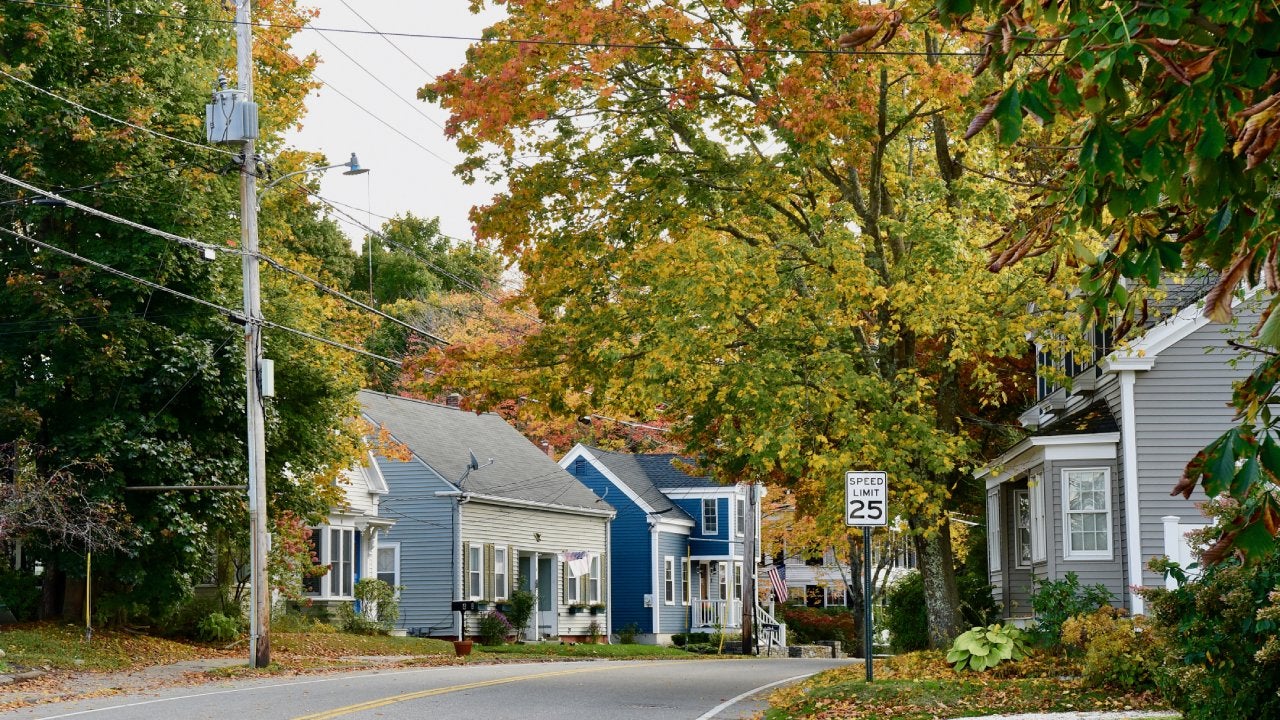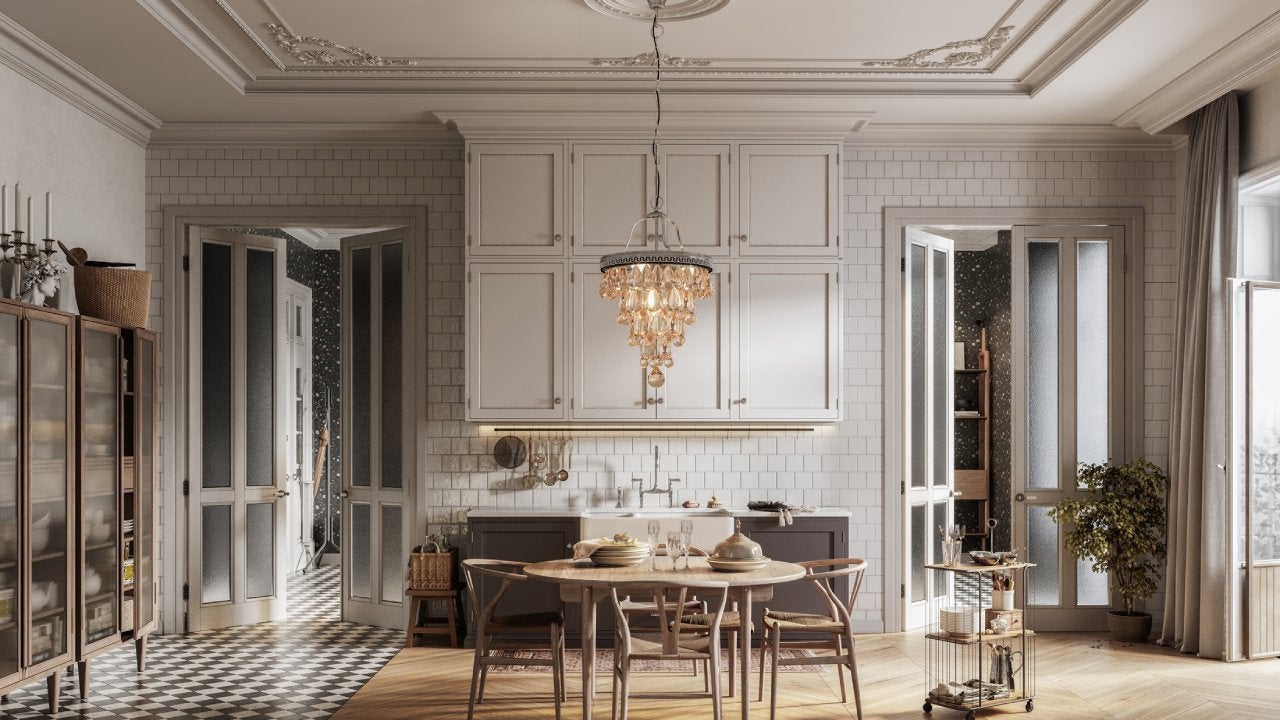What is the principle of progression?

There’s an old idiom that perfectly explains this concept as it applies to residential real estate: “A rising tide lifts all boats.” The principle of progression is the idea that the value of a house increases when other, more valuable houses are built in the area. In other words, the “nicer” a neighborhood becomes, the more valuable all houses in it become.
Principle of progression and real estate
The real estate market is cyclical: Property values go up and down as people want to move into and out of neighborhoods. This supply-and-demand factor plays an important role in real estate appraisal, as appraisers use the sale prices of similar properties nearby when determining the value of a house. The nicer the surrounding neighborhood is, the more valuable a home will be.
Homebuyers can use this to their advantage when looking for a new property by choosing a house located in a desirable or up-and-coming neighborhood. They may need to move into a smaller, more modest house to afford the area, but they can expect that house’s value to increase more than an extravagant home in a neighborhood everyone else is trying to leave. This helps increase the owner’s equity in the home over time.
What is the principle of regression?
The principle of regression, by contrast, works the opposite way. It’s the same concept in reverse: Larger, more expensive houses lose value when they are near smaller, less valuable homes.
With this principle, the value of homes nearby can bring down the value of a nicer home. Consider someone who purchased a home in a neighborhood where the homes average $200,000. They add on to their house and do extensive remodeling. After completion, this home is twice the size of its neighbors, with more bedrooms and bathrooms than other surrounding homes. The principle of regression will keep the value of this home down, despite its improvements, because of the homes around it.
Principle of progression: Example
This concept can be illustrated with the following example: A developer sets out to build a new housing community. The developer builds a number of houses on a golf course, with the most expensive homes going up on the most exclusive streets. Over time, the value of the entire area appreciates, raising the value of all the houses in the community, not just the most exclusively located ones.
If you’re in the market for a new home, you can use the principle of progression to your advantage. Buy the best house you can afford in the most desirable neighborhood. For example, if your house budget caps at $250,000, look for a smaller home in a neighborhood surrounded by more expensive homes. From an investment standpoint, that makes more sense than spending all the money on a larger house in a neighborhood with decreasing property values. Bankrate’s new-house calculator can help you crunch the numbers to determine how much house you can afford.
You may also like


Price per square foot: How and why to use it

What is a second mortgage, and how does it work?

What is a fixture in real estate?


